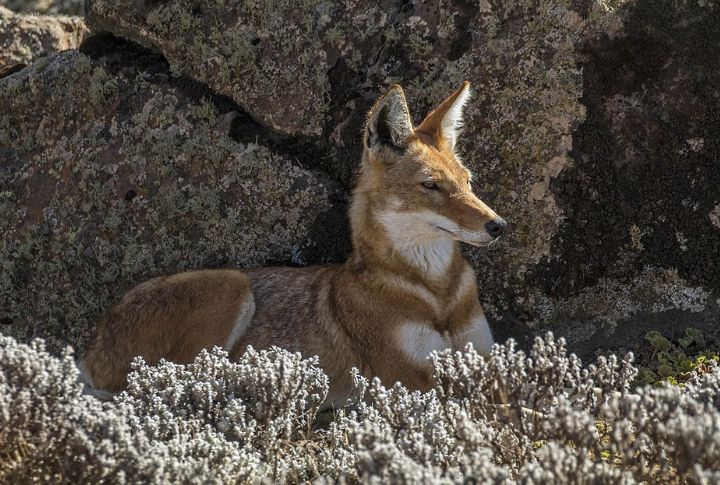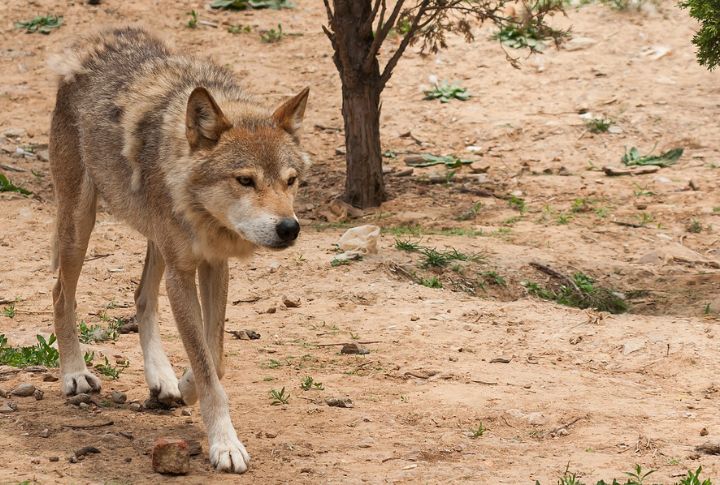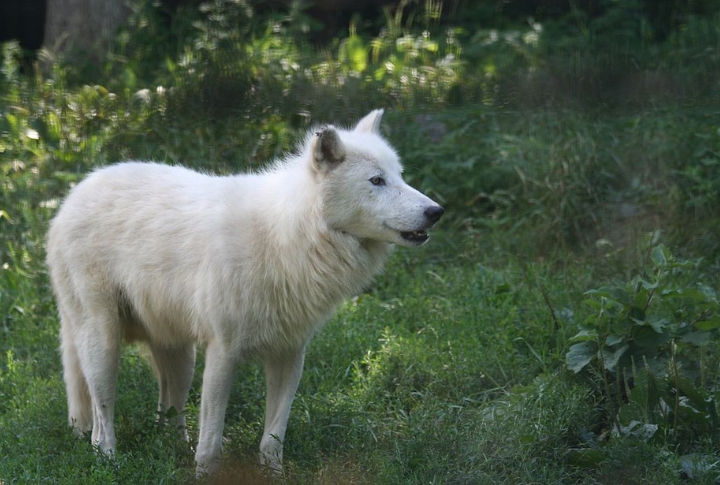
Powerful, intelligent, and built for survival, the world’s largest wolves dominate the most rugged terrains across the Earth. Some prowl the frozen Arctic, while others roam dense, mystic forests, and their sheer size makes them formidable hunters. Here are the biggest wolves, some of nature’s most scary predators.
1. Gray Wolf

Gray wolves are the largest and heaviest species, weighing up to 175 pounds. They are the most widespread species across North America, Europe, and Asia. These heavy wolves are known for strength, intelligence, and teamwork. Their keen hearing ability also aids in detecting prey from miles away.
2. Alaskan Tundra

This wolf is from the Alaskan region, which is home to many more wolf species. It can also weigh up to 175 pounds and is built for the harsh northern climate. The thick fur and muscular build are evidence. Plus, it can easily hunt other intimidating prey like bison.
3. The Mackenzie Valley

Native to western Canada and Alaska, Mackenzie wolves roam vast landscapes. In the northwestern U.S., average males weigh between 99 and 159 pounds, with few surpassing 140. Built for the wild, they rely on strength and teamwork to hunt caribou and elk and swim to cross rivers.
4. Eurasian Wolf

The Eurasian wolf is a versatile predator, averaging 85 pounds, though exceptional Russian males often reach 152 to 174 pounds. Found mainly in Europe and Asia, it thrives in diverse landscapes from forests to mountains and can travel over 30 miles a day in search of food.
5. Ethiopian Wolf

This is a rare and striking canid wolf, found only in the high-altitude grasslands of Ethiopia. Weighing between 25 and 40 pounds and measuring about 3 to 4 feet in length, it is smaller than many other wolf subspecies. Its slender build and long legs are adapted for traversing rocky areas.
6. Interior Alaskan

This wolf lives in the harsh wilderness of Alaska, weighing between 71 and 145 pounds and reaching lengths of up to 6 feet. With a thick coat for warmth and camouflage, they play a critical role in maintaining the region’s ecological balance.
7. Mongolian

The Canis lupus chanco, or the Mongolian wolf, ranges in length from 3-5 feet. Its weight varies, typically between 57 and 82 pounds, but its diet mainly consists of saiga antelope and domestic livestock. These wolves are native to Mongolia, as well as parts of central and northern China and Russia.
8. The Timber

King of the North, the Timber wolf, or eastern gray wolf, thrives in North American woodlands. Weighing 80-100 pounds, it relies on teamwork to hunt deer and wild boar. Its haunting howls travel miles, helping it communicate across dense forests.
9. Himalayan Wolf

The Himalayan wolf (Canis lupus chanco) is 3.75 feet long, stands 30 inches high, and weighs about 77 pounds, similar to an adult German Shepherd. They actively roam the Himalayas, Tibetan Plateau, and Central Asian highlands, hunting Tibetan gazelle, marmots, woolly hares, and pikas daily.
10. Arctic Wolf

Arctic wolves are also known as white or polar wolves; their height ranges from 3 to 5 feet, and they weigh 70 to 125 pounds. They inhabit Greenland, Alaska, Iceland, and Canada, where they hunt Arctic hares, caribou, and muskoxen. Their thick, waterproof coats protect them in subzero conditions.

